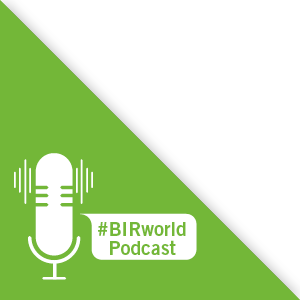The Japanese economy is eventually returning to normal, especially with regard to such industries as automotive and steel; Toyota, for example, is now manufacturing more cars than at the same time last year. However, the COVID-19 situation is becoming more serious again, with more than 2500 new infections recorded daily. Nevertheless, the government is still preparing to stage the Olympic Games next summer.
Domestic mills’ demand for No.1 copper scrap is said to have picked up all of a sudden, leading to shortages of particular grades never seen prior to this year. Demand from domestic smelters for No. 2 copper scrap remains healthy; however, some are said to have announced 20% cuts in deliveries from suppliers for the first quarter of 2021. This is creating unease in the market, although strong demand from China could absorb the excess. Choppers are still aggressively sourcing cable scrap given the higher LME prices and new import rules in China.
With aluminium scrap remaining tight, there has been strong competition between consumers and exporters to secure their requirements. Domestic aluminium alloys are being pursued aggressively while prices for imported alloys are continuing to rise on the back of a higher LME.
While demand from domestic stainless steel mills has started to improve, increasing volumes of both 304 scrap and Zurik are being exported and have reached levels of around 30,000 tonnes per month, again sustained by the higher LME price.

Nick Hinohara
Metal Solution Provider (JPN), Board Member of the BIR Non-Ferrous Metals Division
Country
 Japan
Japan
